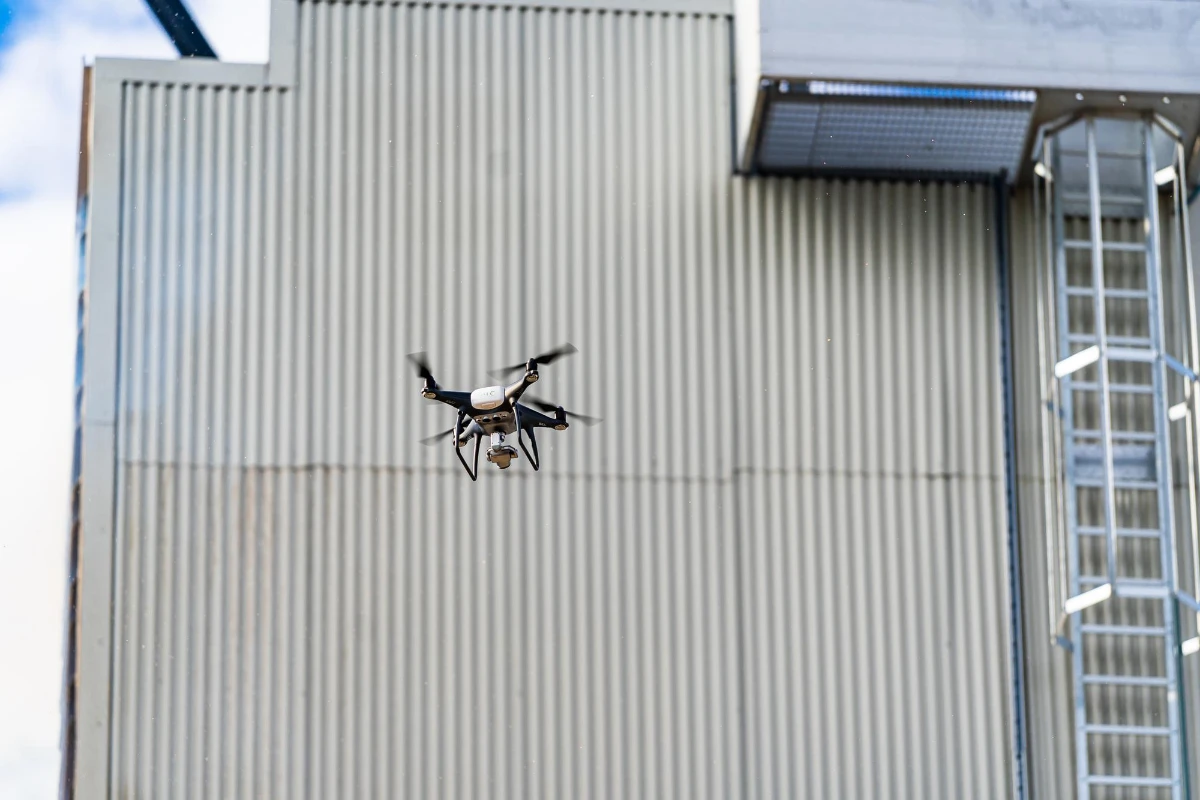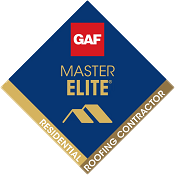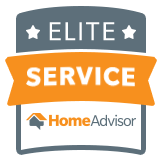In the realm of roofing, technology has been a game-changer, particularly the advent of drone roof inspections. This innovative approach is rapidly transforming how professionals and homeowners alike manage roof maintenance, offering a blend of safety, efficiency, and precision previously unattainable. This article delves into the specifics of drone roof inspections, exploring their benefits, the process involved, and how they stand as a significant advancement in the roofing industry.
What Is a Drone?
A drone, in the context of roof inspections, refers to an unmanned aerial vehicle (UAV) equipped with cameras and sensors specifically designed to capture high-resolution images and data from above. These sophisticated machines are remotely operated, allowing them to access difficult-to-reach areas without the need for physical ladders or scaffolding.
Drones vary in size, capability, and the technology they incorporate; however, most models used for roof inspections include features such as GPS stabilization, obstacle detection, and the ability to capture both still photography and video footage. This capability not only enables a thorough analysis of a roof’s condition but also ensures that the process is safe for the operators, minimizing the risks associated with traditional roof inspection methods.
The Emergence of Drone Technology in Roofing

Traditionally, roof inspections required physical access to the roof, which involves climbing ladders and walking on potentially damaged or unstable surfaces. This method not only poses significant risk of injury but also limits the frequency and thoroughness of inspections. Drones, with their ability to fly and capture high-resolution images and videos, offer a safer and more efficient alternative.
Benefits of Drone Roof Inspections
Here are some of the benefits of using drones for roof inspections:
Enhanced Safety
The most immediate benefit of using drones for roof inspections is the significant reduction in safety risks. By eliminating the need for physical roof access, drones prevent fall hazards and the potential for personal injury, ensuring a safer process for both inspectors and homeowners.
Efficiency and Accuracy
Drones can cover a large area in a fraction of the time it takes for a manual inspection, making the process much more efficient. They capture detailed, high-resolution images that can be reviewed and analyzed more thoroughly, leading to more accurate assessments of the roof’s condition.
Cost-Effectiveness
By reducing the time and labor involved in roof inspections, drones also offer a cost-effective solution. They can easily access hard-to-reach areas, eliminating the need for additional equipment or scaffolding, which further reduces the overall cost of the inspection process.
The Drone Inspection Process

A drone roof inspection typically involves several key steps, from preparation to analysis.
Pre-Inspection Planning
The process begins with planning, which includes checking local regulations regarding drone flights, determining the scope of the inspection, and ensuring the drone is equipped with the necessary camera and sensors.
Flight and Data Collection
The drone is then flown over the roof, systematically capturing images and videos. Advanced drones are equipped with thermal imaging and other sensors that can detect issues not visible to the naked eye, such as moisture intrusion or insulation problems.
Data Analysis
The collected data is analyzed, often with the help of specialized software that can identify potential issues by examining the images for signs of wear, damage, or other concerns.
Reporting
When it comes to roof maintenance or repairs, compiling the findings into a detailed report is an essential step. This report includes important information such as photographs, descriptions of any identified issues, and recommendations for repairs or further action. By having this information presented in a clear and concise manner, homeowners or building managers can make informed decisions about the best course of action for their roof. This document will help them understand the current state of the roof, identify any potential issues, and obtain any necessary roofing services to address them before they become bigger problems.
The report is also important for documenting the condition of the roof for insurance claims, property inspections, or if the property is being sold. Having a comprehensive report with detailed information about the roof’s condition can help prevent any disputes or misunderstandings in the future.
Overall, the final step of compiling the findings into a detailed report is a crucial part of the roof maintenance or repair process. It ensures that homeowners or building managers have all the necessary information to make informed decisions and take necessary actions to maintain the roof’s integrity.
Homeowners Insurance and Drone Roof Inspections
Homeowners insurance policies typically cover roof damage caused by weather events or other accidents. However, the process of filing a claim can often be lengthy and complicated, especially if there is disagreement between the homeowner and the insurance company about the extent of the damage. This is where drone roof inspections can play a crucial role in documenting and providing evidence for insurance claims.
By providing detailed images and data about the roof’s condition, drone inspections can help speed up the claims process and provide clear evidence of any damage or issues. This can also prevent disputes or misunderstandings between the homeowner and the insurance company, leading to a smoother claims process.
Advancements and Future Directions
The use of drones in roof inspections is part of a larger trend toward incorporating technology into building maintenance and management. Ongoing advancements in drone technology, such as improved battery life, better sensors, and AI-driven analysis, promise to make drone inspections even more accessible and effective.
Additionally, the integration of drones with building information modeling (BIM) systems offers exciting possibilities for comprehensive building management, from construction through to ongoing maintenance.
Practical Considerations
For those considering drone roof inspections, there are practical aspects to consider. It’s essential to ensure the drone operator is licensed and experienced, particularly in navigating the complexities of roof inspections. There’s also the matter of ensuring data privacy and respecting neighbors’ airspace. Lastly, while drones can identify many issues, some situations may still require a hands-on inspection for confirmation or repair.
Your Lakeland Roofers
When you need a roofing company in Lakeland or Sarasota, contact the local professionals at Stronghold Roofing & Solar. We are committed to providing the best in workmanship, material quality, and customer service.
Call today to get a free roof estimate and ask about our roof financing options.
FAQ’s – Drone Roof Inspections
No, it is essential to hire a licensed and experienced drone operator who is familiar with the specific regulations and safety precautions involved in operating drones for roof inspections.
A drone equipped with thermal imaging and other sensors can detect issues such as moisture intrusion, insulation problems, and wear or damage that may not be visible to the naked eye.
The length of a drone roof inspection can vary depending on the size and complexity of your roof, but typically it takes less time than a traditional hands-on inspection.
Unless you are a licensed and experienced drone operator with knowledge of safety regulations, it is not recommended to use your own drone for roof inspections. It’s best to hire a professional who has the necessary skills and equipment for safe and effective inspections.
Drone operators must follow strict guidelines and regulations regarding privacy when conducting roof inspections. Additionally, drones are equipped with high-resolution cameras that capture only the roof’s surface and do not invade neighboring properties’ privacy.
Drone inspections offer many advantages over traditional hands-on inspections, including faster completion time, increased accuracy and efficiency, and the ability to identify issues not visible to the naked eye.










